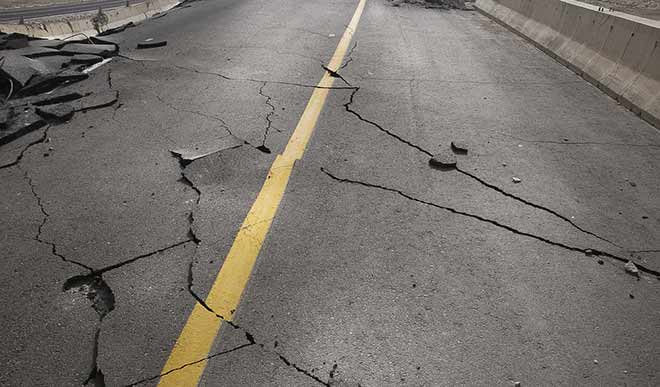Bridges, along with the roads, ramps, and other structures that connect to them, are now safer than ever before. Centuries of data and experience allow engineers to build bridges that are stronger and more durable than their predecessors.
Nonetheless, emergencies happen. In order to protect the public, workers, and vital utility services, it’s absolutely crucial for municipalities and bridge authorities to prepare and have a clear plan of action.
These emergencies could include:
- Extreme weather, such as tornadoes and other strong winds, blizzards and snow storms, hurricanes and excessive rain events.
- Natural disasters, including fires, earthquakes, and more.
- Man-made situations, like bomb threats, terrorist attacks, and accidents.
Let’s take a closer look at what’s necessary to prepare for each event.
Extreme weather
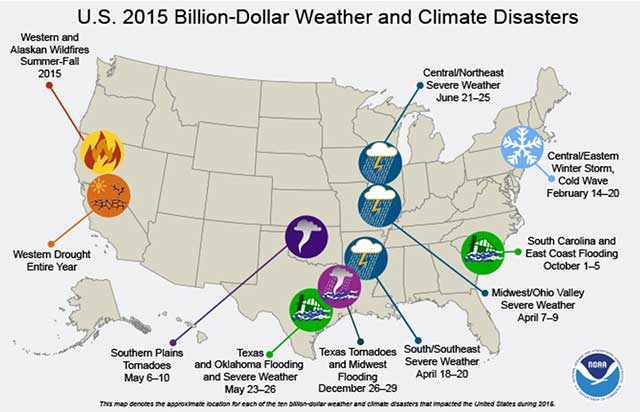
According to the National Oceanic and Atmospheric Administration (NOAA), in 2015, there were 10 weather-related events that resulted in losses of more than $1 billion each in the United States.
They happened in all parts of the United States, and included:
- One drought
- Two major floods
- Five severe storms
- One wildfire
- One major winter storm
These storms caused substantial damage to bridges, roadways, and associated utility infrastructure, contributed to the deaths of 155 people and had a significant economic impact.
Extreme weather events on the rise
| Average number of billion-dollar weather events per year, 1980-2015 | Average number of billion-dollar weather events per year, 2011-2015 |
| 5.2 | 10.8 |
NOAA data
There is significant evidence that events related to heat, heavy precipitation, and coastal flooding will grow in frequency and severity in coming decades.
Here are 10 things bridge managers and engineers can do prepare for extreme weather events:
1. When designing a bridge, consider the regional weather effects. Then move beyond individual events and also plan for the impact of combined ones, such as extreme heat coupled with flooding.
Make sure every aspect of the design is reviewed, including bridge deck elevation and profile, thermal expansion joints, bearings, superstructure elements, and scour, pier, and abutment protection. Also, don’t forget to protect vulnerable under-bridge utility lines and piping against weather events. Never treat these vital lifelines as afterthoughts.
2. Take steps to mitigate risks. It’s worth taking time to figure out the impact extreme weather events could have on existing bridges and making adjustments to reduce them. An example: Lower risks related to rising water levels in flood-prone areas by improving drainage. This is particularly important with older bridges that have outdated infrastructures. High water not only impacts the bridge structure but also the utility infrastructure suspended below it.
3. Regularly evaluate the impact of construction or flood-control activities. Construction on adjacent roads or buildings and upstream or downstream flood control measures could unexpectedly increase the impact of an extreme weather event. Make a point of always knowing everything that’s happening in the interconnected network that makes up your “bridge community.”
4. Ensure all bridge maintenance is completed as required. Regular inspections must be done and necessary repairs taken care of. A bridge is more likely to become compromised during extreme weather if it’s in a weakened state because it’s not properly maintained. The U.S. Army offers a very thorough guide.
5. Create a bridge-closing checklist. It should lay out all the factors to consider when evaluating whether to shut down a bridge and all the steps required to close it down, including how and where to set up barriers and warnings. Include website and media contacts that can help get the word out.
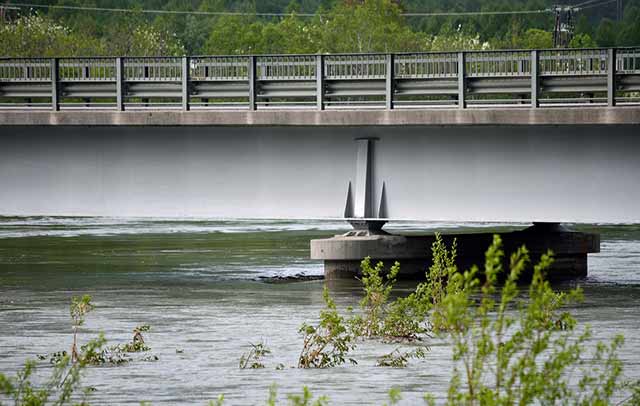
Remember: Floods don’t just damage the structural components of bridges, they can also cause significant damage to the vital utility infrastructure underneath.
6. Create a rapid response plan. Provide information on how to close the bridge and detour traffic. Also include details on shutting off pipes and other utility lines should they become damaged. Check that your plan connects with other local emergency plans.
7. Set up early-warning systems. Ensure that all managers, road crew leaders, and utility employees have weather and other emergency warning systems set up on their smartphones and other devices. Also, set up a call tree or other contact plan (including social media) so it’s easy to reach employees during an emergency. Update the plan regularly with new contact information.
8. Have equipment and materials in place beforehand. For example, it’s smart to have de-icing chemicals and plows ready to go in a nearby location prior to a winter storm. Or have cleaning and repair vehicles tuned up, fueled, and conveniently located before a hurricane hits.
9. Have safety and weather protection equipment ready. Whether it’s rain, snow or fire, your workers will need specialized protective gear and tools to keep them safe from cold, precipitation, extreme heat, smoke or dust. All equipment must be kept properly maintained at all times.
10. Have a plan in place for replacing or repairing damaged bridges. Using accelerated bridge construction techniques. This can make it faster and easier to get traffic and utility services back up and running if a bridge is impacted by a weather emergency.
Natural disasters
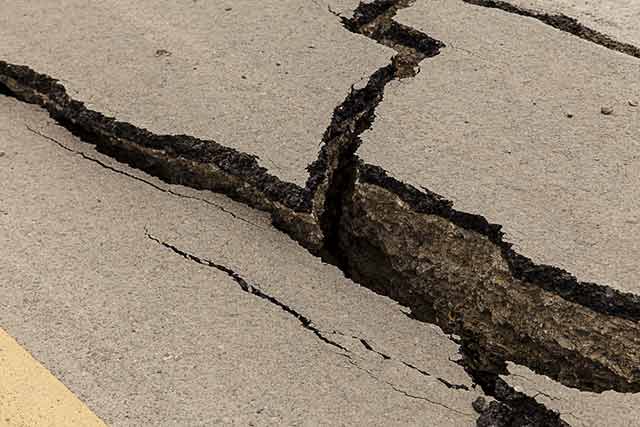
Most of the things recommended for managing an extreme weather event apply to natural disasters that can take place on a bridge. The big difference? Weather events often come with a warning, which gives you time to prepare, while natural disasters like earthquakes and wildfires may not.
A few steps to take to manage a natural disaster:
1. Have clear plans in place to manage these events. Review them regularly so they stay current and top of mind. Update them a few times a year to ensure they’re up to date and reflect changes made to the bridge and surrounding infrastructure.
2. Know how to manage utilities. Even more than extreme weather events, natural disasters can impact the utility infrastructure on a bridge. Earthquakes rupture gas lines. Fires melt pipes. High water could come in contact with electrical equipment. Make sure a few people on your disaster team know how to turn off utilities to prevent against explosions, sparking, or electrocution.
3. Ensure your communication plan is up to date, so emergency workers can be reached instantly. People frequently change phone numbers and emails, so checking this information at least once per quarter is a wise move.
4. Practice disaster drills on a regular basis. Don’t do this in isolation. Include emergency workers from across your community and local utility personnel. Natural disasters impact the whole community, and protecting against them should as well.
Man-made situations
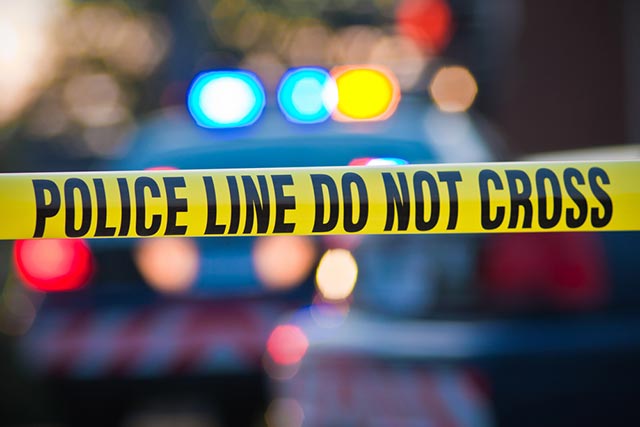
Handling man-made events can be different than extreme weather or natural disasters. Things like bomb threats and terrorist attacks often require quick thinking and rapid evacuation of the bridge. Accidents are similar in that they need emergency personnel, including medical and fire help, to get on the scene quickly.
According to the Department of Homeland Security, there are five steps to plan for these types of man-made events:
1. Plan: Have comprehensive plans in place so you know what everyone needs to do in the event of a bomb threat, terrorist attack, or accident. Work with local government resources to ensure your plan is a coordinated one. 2. Practice: Regularly practice your plan to ensure it can be executed effectively. In this case, the old statement holds true: practice DOES make perfect.
3. Communicate: These types of events require instant and constant communication. Ensure all members of your disaster management team have correct phone numbers programmed into their phones at any given time. Also, have an alternative communication plan in place, since cellular service can often become strained during these types of events. This could be as simple as setting up a pre-assigned meeting place
4. Prepare: Planning for man-made disasters isn’t enough. Make sure you have the tools and resources needed to manage through these complex situations.
5. Aggressively seek funding and resources. Planning and preparing for man-made disasters can be expensive. That’s why governments have set aside dollars to help pay for this type of prevention and protection. Do all you can to get your share.
Conclusion
Bridges built today are safer than ever. However, the aging bridge infrastructure and increase in extreme weather events, natural disasters, and man-made threats mean it’s important to take steps to plan and prepare for these emergencies. Get started today because you never know when such an event could take place.

